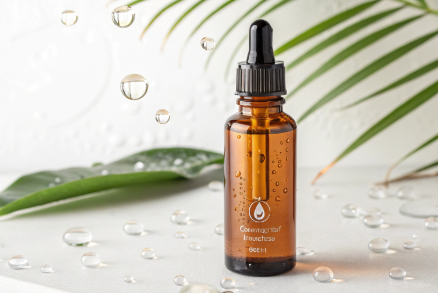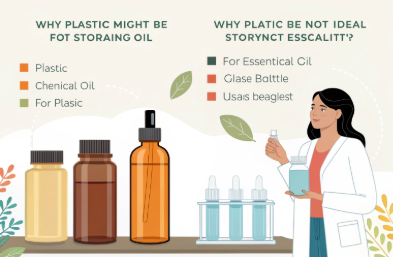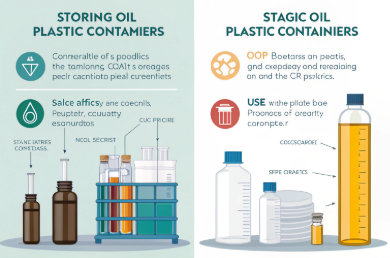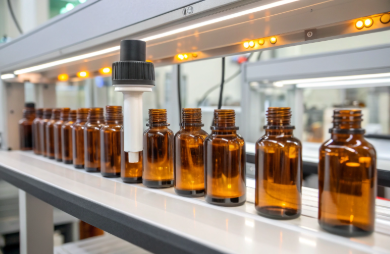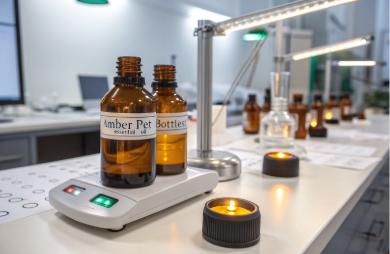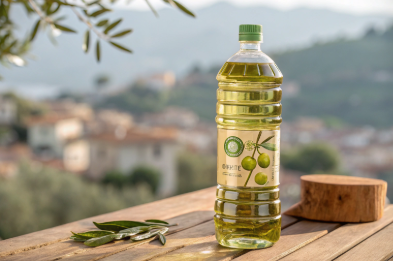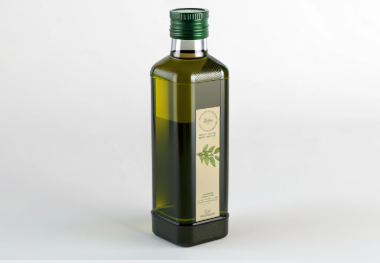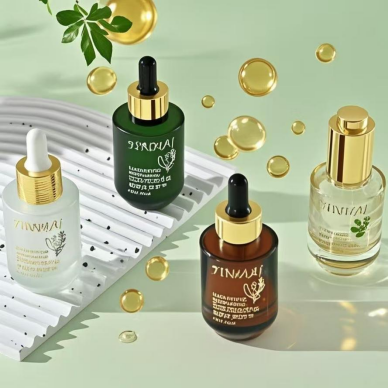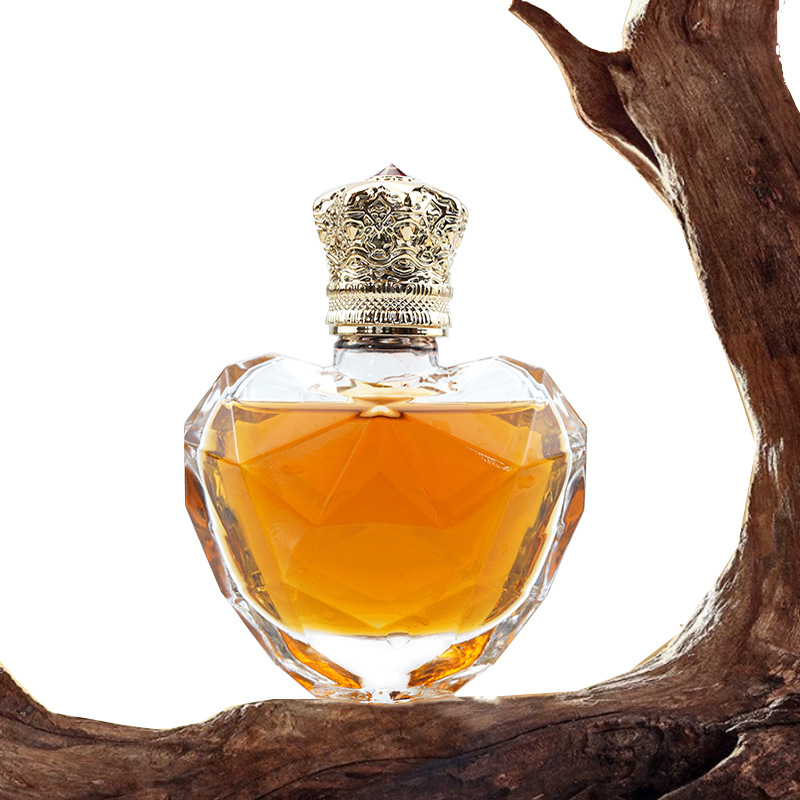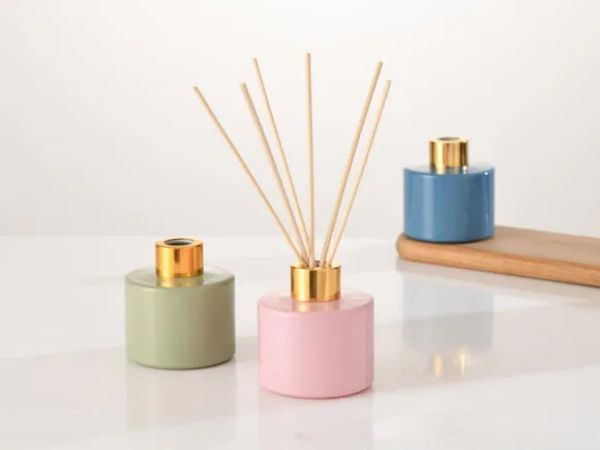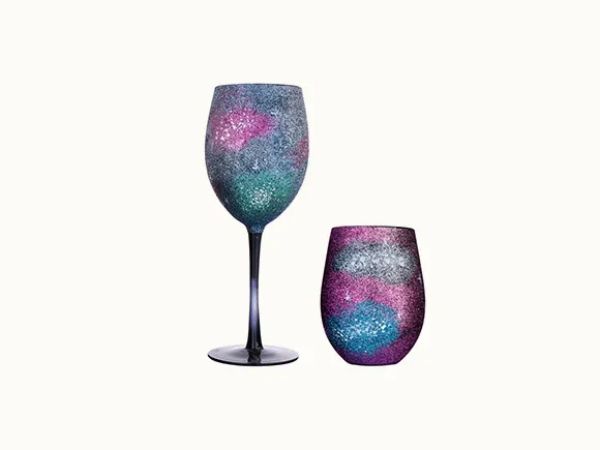You might think oil and plastic don’t mix—but what if your packaging goals demand lightweight, flexible, and custom solutions?
Yes, plastic bottles can be used to hold oil, provided the plastic is chemically resistant and designed for oil contact. Not all plastics are equal, so choose wisely.
At PauPack, we help beauty and wellness brands solve this exact challenge. Whether it’s facial oils in 30ml PET bottles or massage oils in 500ml HDPE containers, we balance form, function, and safety.
Can I store oil in a plastic bottle?
Plastic sounds easy, but oil brings risks.
You can store oil in plastic bottles, but only if the material is suitable—such as PET or HDPE. Avoid common plastics that degrade or contaminate the oil.
Plastic containers are everywhere, but oils are chemically active—they interact with packaging over time. Essential oils, in particular, can break down plastic polymers, leading to safety issues and a compromised product experience.
Why Storage Choice Matters
-
Product integrity: Oil absorbs plasticizers or leaches chemicals from unsuitable materials.
-
Shelf life: Reactive containers accelerate spoilage or oxidation.
-
Brand reputation: Packaging failure undermines consumer trust
What kind of plastic can hold oil?
Not every plastic is safe—some are just time bombs.
The most oil-compatible plastics are PET (Polyethylene Terephthalate) and HDPE (High-Density Polyethylene), both known for chemical resistance and durability.
Plastic Compatibility Chart
| Plastic Type | Oil Resistance | Common Use | Comments |
|---|---|---|---|
| PET | High | Cosmetic oils | Clarity, printable, recyclable |
| HDPE | Very High | Industrial, skincare | Strong, opaque, cost-efficient |
| LDPE | Medium | Temporary storage | Flexible but permeable |
| PP | Medium | Lotion caps | Stable but less ideal for oils |
| PVC | Poor | Avoid for oils | May leach harmful compounds |
| PS | Very Poor | Not for oils | Brittle and reactive |
PauPack offers both PET and HDPE bottles with full OEM options—from surface finishing to custom-shaped molds, ensuring your brand and function align.
Can I put essential oil in a plastic bottle?
Essential oils are not "just oil"—they are potent plant extracts.
Essential oils can only be safely stored in high-quality PET or HDPE plastic for short durations. Glass remains the best long-term option.
Essential oils like lemon, eucalyptus, and clove contain compounds that react with most plastics. These reactions can destroy the container, compromise the oil, and harm end users.
How We Solve This
At PauPack, our essential oil PET bottles are rigorously tested for terpene resistance. We also offer amber PET, which protects the oils from UV degradation—a critical factor for aromatic stability.
Can I infuse oil in a plastic bottle?
Infusion is not storage—it’s a slow, reactive process.
Do not infuse oils in plastic bottles. Use glass during the infusion process, then transfer to approved plastics if needed.
Oil infusions, especially those using herbs or citrus, demand stability under time, heat, and light. Plastic cannot offer that level of inert safety during infusion.
| Infusion Risk | Why Glass Wins |
|---|---|
| Plastic softening | Heat and time degrade weaker plastics |
| Leaching | Oils extract compounds from poor plastics |
| Oxidation | Glass + tight seals = longer shelf life |
| Contamination | Glass resists bacteria buildup and residue |
PauPack’s borosilicate glass infusion bottles are ideal for these needs. We offer UV-coated droppers, shrink seals, and even bamboo collars for branding.
Is plastic packaging safe for edible oils?
The kitchen isn’t exempt from chemical risk.
Yes, food-grade PET and HDPE are safe for edible oils, including olive oil, provided they meet regulatory compliance like FDA and EU food contact standards.
At PauPack, our plastic packaging solutions pass ISO 9001, FDA, and EN standards. Whether you're bottling avocado oil or salad dressing, we can provide safe, certified, and scalable packaging.
Tips for Safe Food Oil Storage
-
Use opaque or amber bottles to block light.
-
Seal with tamper-evident caps to ensure freshness.
-
Avoid refilling single-use containers—this increases contamination risk.
How does oil affect plastic over time?
Even the right plastic can degrade—if mishandled.
Over time, oil can soften, stain, or chemically alter plastic, especially under heat or light. Regular testing and quality assurance are essential.
Common Long-Term Effects
-
Color distortion: Oil and UV can discolor bottles.
-
Flexibility loss: Plastic may harden or crack.
-
Odor retention: Plastic absorbs strong aromas, leading to cross-contamination.
This is why at PauPack, we don’t just sell bottles—we design lifetime packaging. Each batch is QC-verified for durability, and we offer guidance on storage best practices.
What are the alternatives to plastic for oil storage?
Sometimes, the safest plastic is... no plastic.
Glass remains the best alternative for oil storage, offering full inertness and premium shelf appeal. Aluminum and bioplastics are also gaining ground.
Packaging Alternatives
| Material | Pros | Cons |
|---|---|---|
| Glass | Chemically stable, premium | Heavy, fragile |
| Aluminum | Light, non-reactive | Needs inner lining |
| PLA Bioplastic | Eco-friendly, customizable | Limited oil resistance |
| Silicone | Flexible, reusable | Not ideal for long-term storage |
PauPack offers all of these formats. From cobalt blue glass dropper bottles to aluminum serum containers, we help your brand stand out and stay safe.
How can I ensure oil stability in plastic packaging?
Great design isn’t just pretty—it protects the formula.
To ensure oil stability, choose high-barrier plastics, avoid exposure to heat and light, and use airtight seals. Regular stability testing is key.
Best Practices We Recommend
-
Use UV-resistant plastics: Like amber PET or coated HDPE.
-
Double-seal caps: Choose closures with inner liners or foam wads.
-
Use nitrogen flushing (for bulk oils): Reduces oxidation.
-
Run accelerated aging tests: Simulate real-world shelf conditions.
At PauPack, our one-stop solution means we assist in everything—from selecting the right plastic to designing tests that simulate sunlight, motion, and temperature changes. That’s how we help brands minimize returns and maximize customer delight.
Conclusion
Plastic bottles can absolutely hold oil—if you're thoughtful about materials, design, and application. At PauPack, we offer everything from essential oil PET droppers to HDPE pump bottles for body oils. Reach out, and let’s design packaging that protects your oils—and builds your brand.




